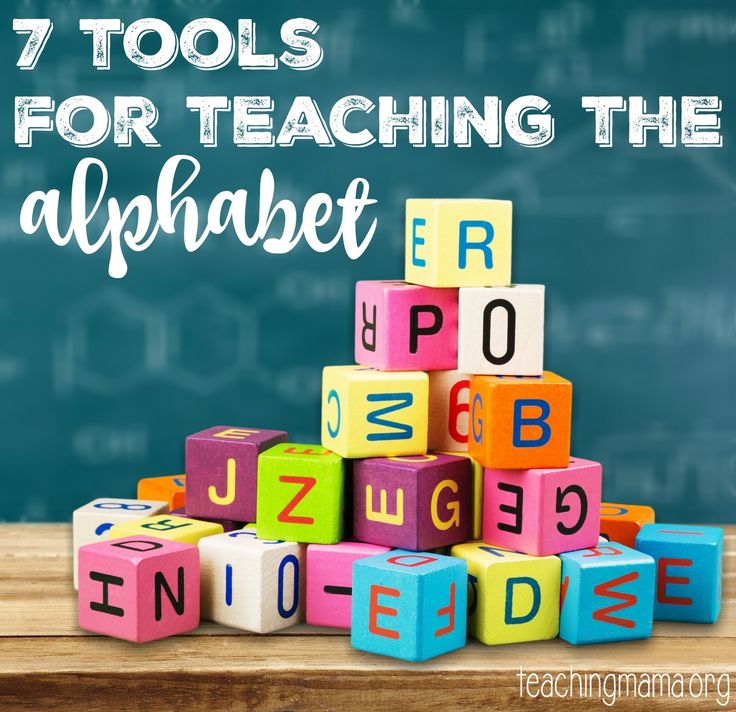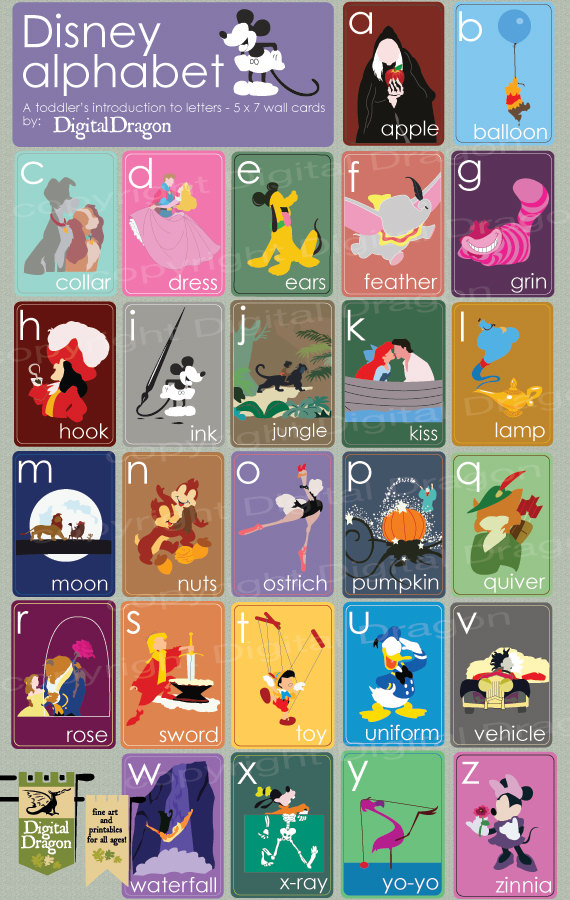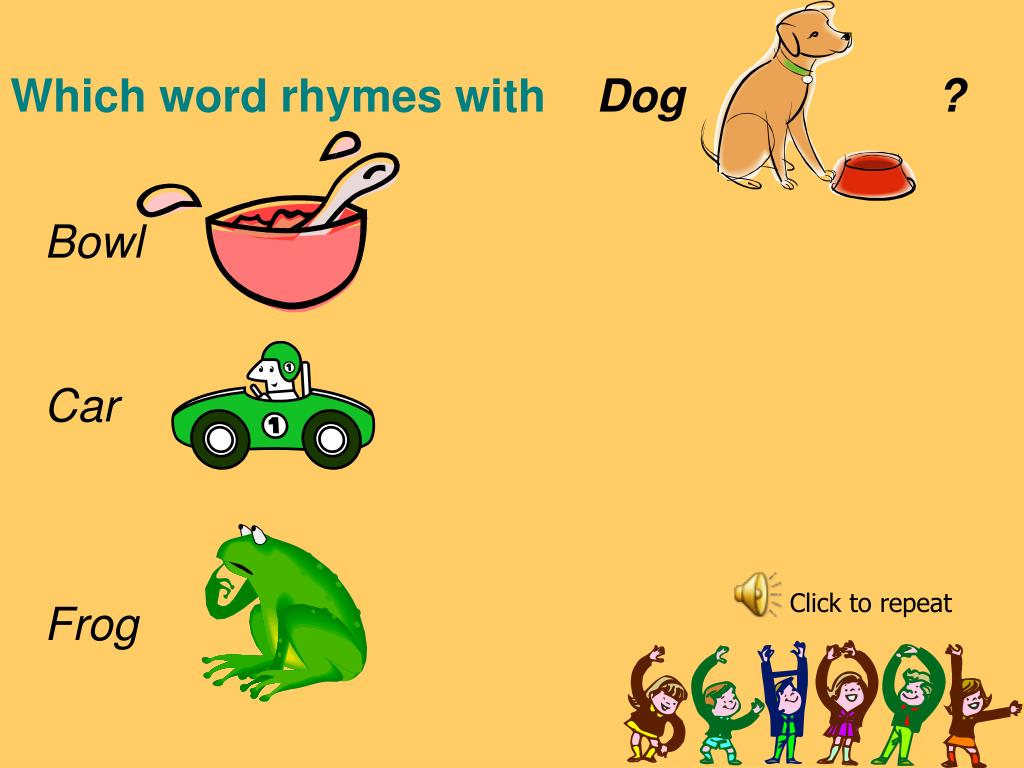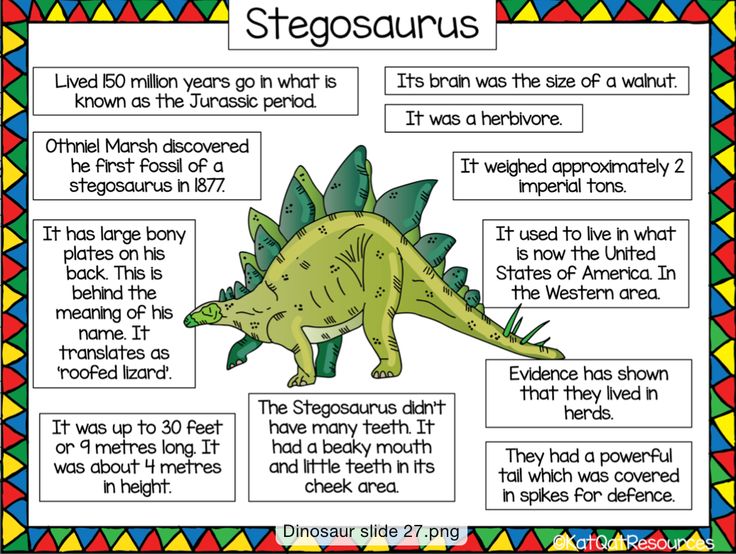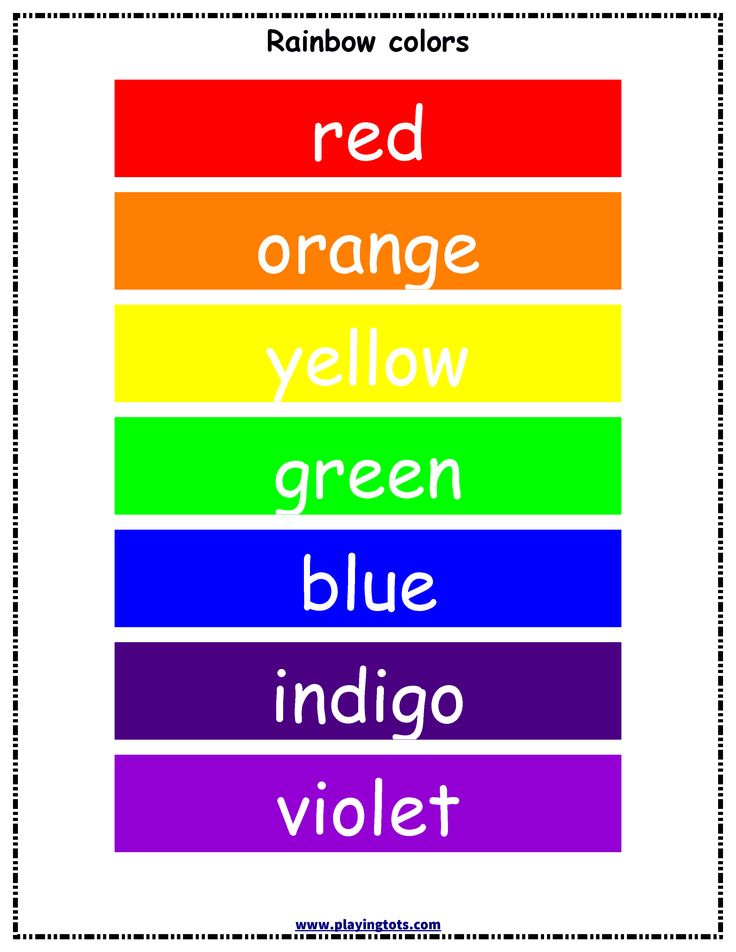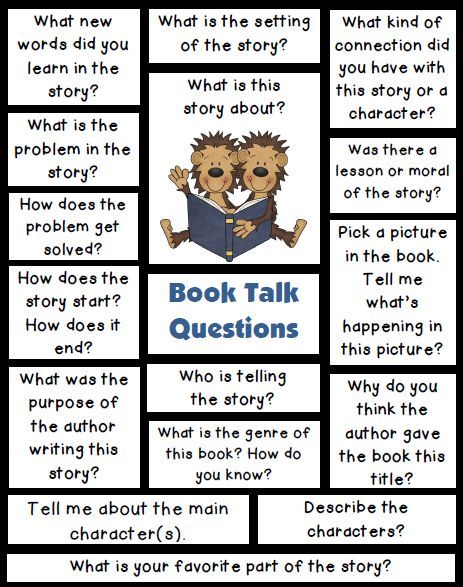Why is the alphabet important
3 Reasons the alphabet is more important than you think
We all know it. We all learned it. In fact, most of us can barely even remember learning the alphabet in our native languages. We were likely around the age of 5 sitting on the floor singing “a b c d e f g … next time won’t you sing with me!” or whatever that song sounds like in your native language if it’s not English.
However if our second language shares the same alphabet as our first one (like with Spanish, English, French, Portuguese, German, etc), I find that learners often just breeze right by the alphabet. It seems basic. We feel like we already know it. We want to continue on to more advanced things like forming words, learning verb tenses and forming sentences. So we might spend half of a class on the alphabet and then leave it. This is a huge mistake.
I did the same exact thing when I learned Spanish. I figured I already knew the alphabet. Also when I really started learning Spanish, I had a trip to Nicaragua planned six months from when I started classes. I had a goal and wanted to learn as much of the language as I could before leaving. I know many of us are in similar situations. We might be studying a language for an important exam, for a job promotion or to move to a foreign country. Time often affects our learning process.
However throughout my Spanish journey, I learned that skipping over the alphabet was a mistake. So I returned to reviewing it a bit more regularly and I saw my Spanish improve. So here are three reasons why the alphabet is more important than you think.
1. It will help your pronunciation
We all want to speak like a native speaker or as close to one as possible. Really learning and knowing the alphabet is a great way to do this! We really need to know the sounds of the letters and know them well.
Several years ago, I had a bilingual job at a nonprofit in my city. We offered social services to the Hispanic community.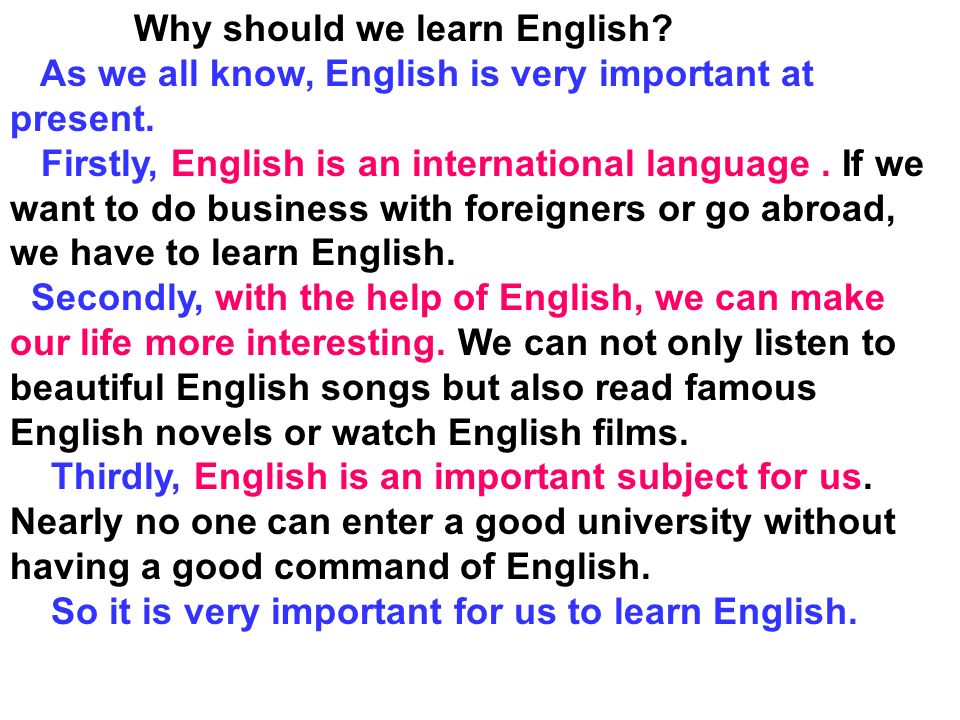 I worked with the ESL program and many of our volunteer ESL teachers also wanted to practice their Spanish. So we held a language exchange every Saturday. In Spanish, we call that an intercambio. I remember one of my American volunteers talking about going to it one day and he called it “intercaaaaaaaaaambio.” Basically, he pronounced the word with the English a rather than the Spanish a.
I worked with the ESL program and many of our volunteer ESL teachers also wanted to practice their Spanish. So we held a language exchange every Saturday. In Spanish, we call that an intercambio. I remember one of my American volunteers talking about going to it one day and he called it “intercaaaaaaaaaambio.” Basically, he pronounced the word with the English a rather than the Spanish a.
At the time I remember thinking “okay does he not know that it’s pronounced ‘inter-cah-mbio?” Then I started to really analyze my Spanish pronunciation. The truth was that I had moments just like his. I had pronounced Spanish words in the English alphabet before. So after this moment, I really made an effort to pronounce Spanish words in the Spanish alphabet. In general, my Spanish improved. Now in Spain, I get compliments on my Spanish all the time.
2. It will help you to think in the language
Another goal we all have or all should have is to think in the language we are learning.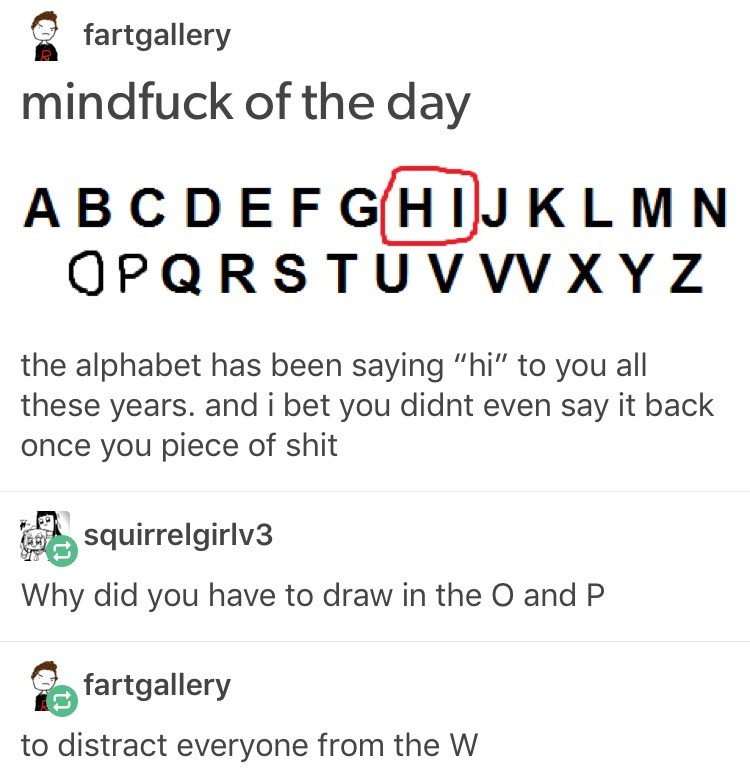 When we start to think in the language, we can communicate a lot quicker. We no longer need to translate back and forth between the two. We can also start to speak more like a native speaker this way.
When we start to think in the language, we can communicate a lot quicker. We no longer need to translate back and forth between the two. We can also start to speak more like a native speaker this way.
Really knowing the alphabet is one way to get yourself to that point. When we really know the sounds that each letter can make, we can start to read the words as they’re actually spoken. I always advise my students to watch television in English. I tell them to put the subtitles on but in English rather than their native language. This way they can see the words as they’re hearing them. I find that it’s super important to put the two together.
3. You will need to spell things
I’m not saying that you should spend weeks upon weeks on just the alphabet. However what I am saying is that you should review it from time to time. Take a few minutes out if your class time and quiz yourself. Perhaps you could have a little spelling bee with yourself.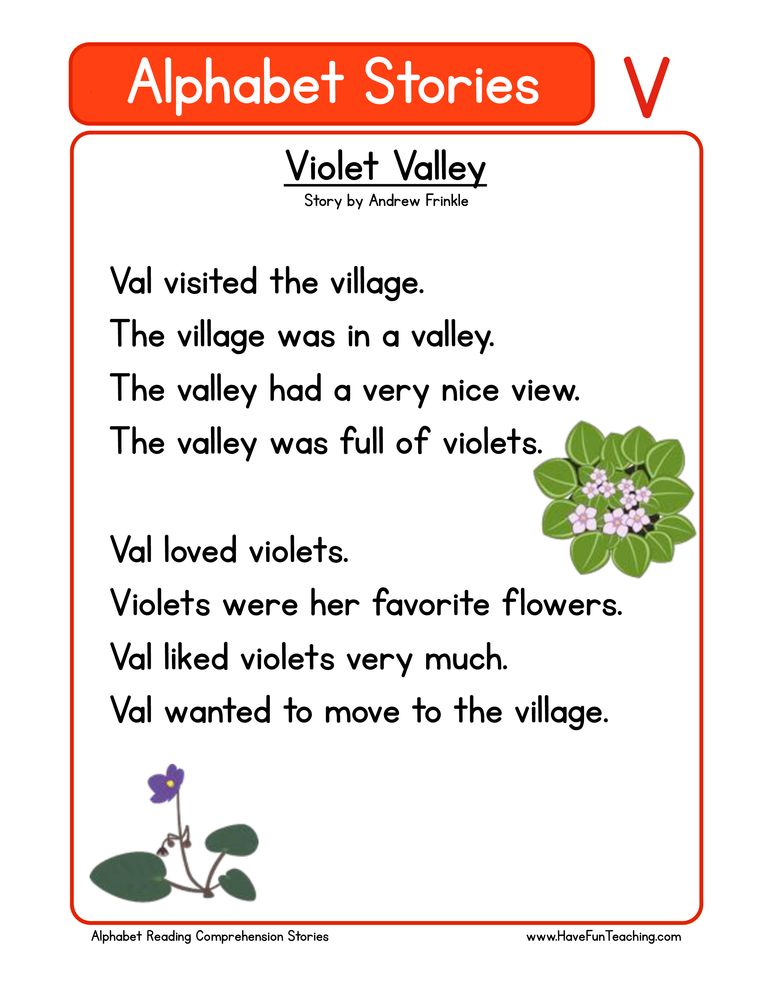 However you choose to practice it, I can assure you that you will not regret it.
However you choose to practice it, I can assure you that you will not regret it.
I spent a month living in Nicaragua early on in my Spanish journey. My Spanish back then was not to the level where it is now, so I enrolled in some Spanish courses in the town I was living in. The receptionist only spoke to us in Spanish despite being able to speak English (I remember being annoyed at the time but now I get it). I remember forgetting letters of the alphabet as I was completing registration paperwork for her. I felt embarrassed as I had somewhat of a grasp on the subjunctive (the thing all of us English speakers HATE about Spanish) and could generally form sentences. But I forgot how to spell my name.
Why do we learn languages? Well we learn for a number of reasons. However if we are learning one so we can communicate in it in a foreign country, we will have to spell things from time to time. It’s a part of life in likely every culture. When this happens, you want to be like current Nina who proudly spells her name “n-ay ee n-ay aa” when asked.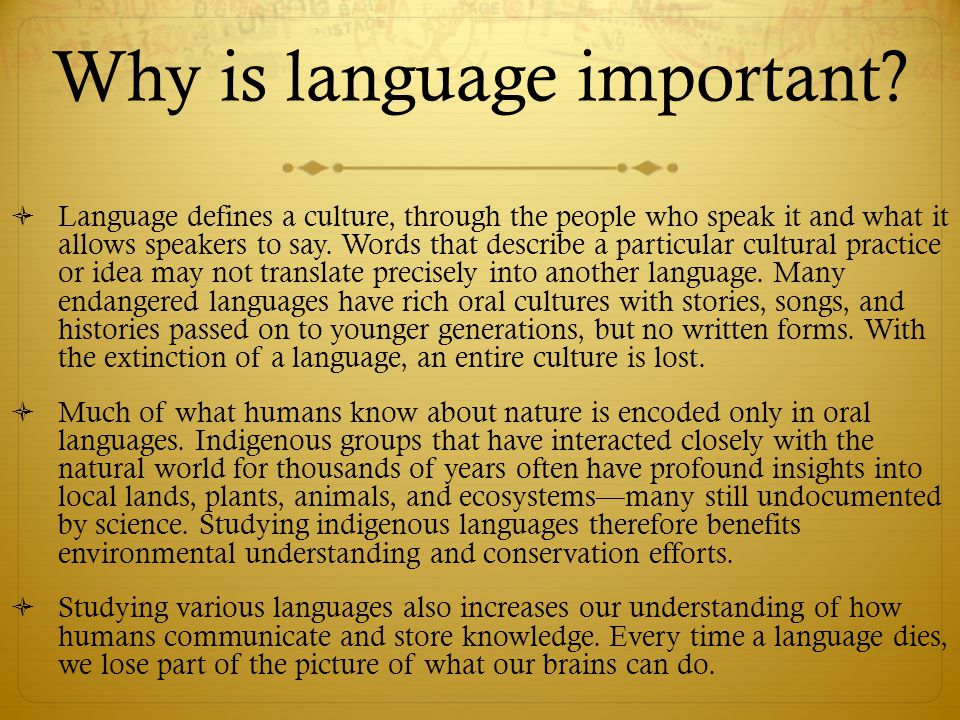 You don’t want to be like Nina back in Nicaragua two years ago who could barely spell a thing.
You don’t want to be like Nina back in Nicaragua two years ago who could barely spell a thing.
Why is Learning the Alphabet Important for Early Literacy Development?
Who doesn't love to hear their little one sing the alphabet with "elemenop" or LMNOP? They love the song, the way it easily rolls of their tongue and they feel so very proud of this accomplishment. They are reciting the alphabet in song because they love the sound of it. How about A says /a/, A says /a/. Ever letter has a sound and A says /a/. This, my friends, is the beginning of Phonics, simply put is words are made of of letters and letters and combination of letters represent sounds.
I remember years ago when I first started teaching, ”Whole Language” was all the rage. Whole language is a method of teaching and writing which focuses on whole word phrases through repetitive reading of passages learning words solely in context instead of phonics exercises, worksheets and the like.
Although I believe it is important to have all ideas in your reading toolbox, over my 34 years of teaching, I recognize and feel that phonics and all of its components should be the focal point of learning to read.
However, sight words do have their place in learning to read as well and should be taught because not all words can be deciphered through phonics alone Some children or maybe many children need a combination of foundational skills to read.
That being said let's take a look at learning the letters of the alphabet and a bit more
Why learn the alphabet?
🍎The alphabet is the foundation or building block to reading, writing and spelling. It is important for each child to recognize and name all the letters and combination of letters in and out of order and also the sounds associated with them in order to be successful with literacy.
🍎Learning the alphabet is the basis of spoken language, which gives early learners the benefit
of understanding how letters, combinations and patterns of letters and words are pronounced.
🍎It allows us to think in our language and spell words (without a spellcheck).
🍎 It is also important for early learners to know the symbols or ways we write the letters. or combinations of letters or graphemes that represent sounds. A combination of 1,2,3,or 4 graphemes can represent a phoneme or sound. For example: 1 letter p, 2 letters ch, 3 letters tch, 4 letters ough. So in the word; m-a-t-c-h, there are 5 letters and 3 graphemes; m-a-tch.
or combinations of letters or graphemes that represent sounds. A combination of 1,2,3,or 4 graphemes can represent a phoneme or sound. For example: 1 letter p, 2 letters ch, 3 letters tch, 4 letters ough. So in the word; m-a-t-c-h, there are 5 letters and 3 graphemes; m-a-tch.
Why is it important to know the letters and sounds of the alphabet?
🍎When children begin to recognize the letters and understand their given sounds, they receive the foundation or emergent skills to read.
🍎Recognizing letters, sounds and combinations of letters and sounds, is a skill that is needed to read unfamiliar words independently.
🍎Having letter-sound knowledge will allow children to make the link between the unfamiliar printed words to their spoken language knowledge.
Why is letter-sound knowledge important?
🍎Letter-sound knowledge (also called 'graphemic knowledge as mentioned above) helps students to apply their understanding of written language and learn new words independently as well as help them decode unfamiliar words.
If you are thinking...what? YES! it can be very confusing, but it is SO important to understand these basics if you are teaching early learners to read.
These worksheets allow young learners to hear that the letter Aa can say /a/ as you hear in apple OR /a/ as in apron. The second worksheet shows there is more than one way to write an a. This is important because many books and worksheets may use different fonts to represent the letter Aa.
With these types of phonics activities, early learners are listening for the sound of the letter Aa and finding pictures that begin with that sound. They are learning that these pictures begin with different sounds and they need to decide which pictures start with the /a/ sound. Their little brains are starting to connect sounds to letters and learn graphemes that represent the sounds they hear.
Why Phonics?
🍎Phonics instruction teaches children how to decode or apply their understanding of letter-sound relationships, which includes knowledge of letter patterns, to correctly pronounce written words.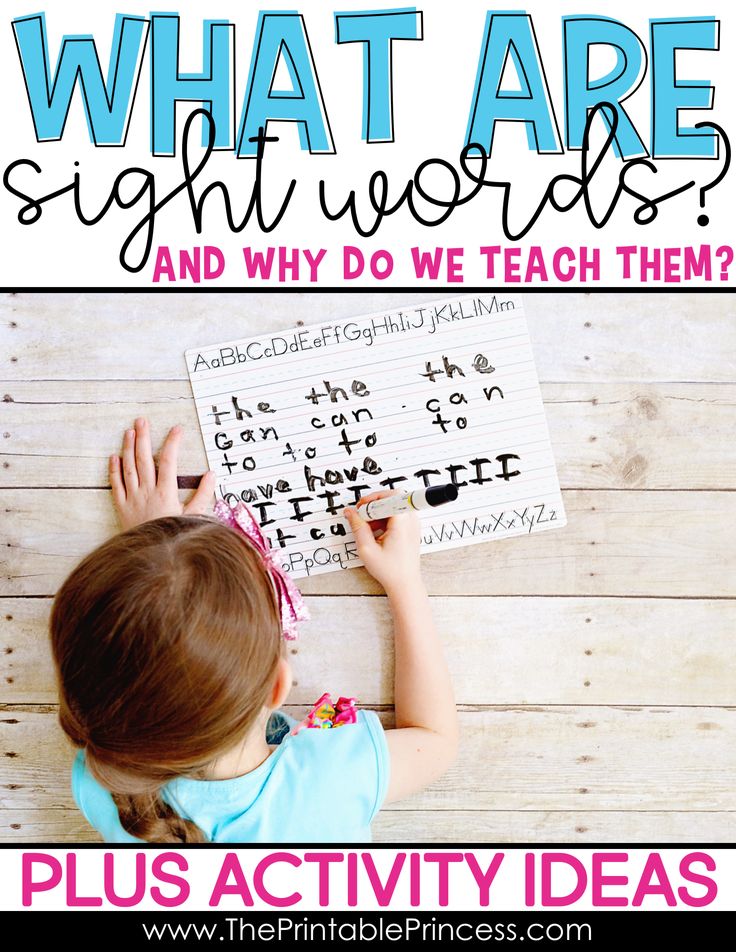
🍎If a child understands the relationships between print and the sounds the print or letters produce, children will gain the ability to recognize familiar words quickly and to figure out words they haven't seen before.
So.....🍎Children need to learn the alphabet and the corresponding sounds to learn how to read and decode words, spell and understand spoken and written language.
🍎Learning the letters of the alphabet helps to form the foundation of language and communication throughout our life.
If you need a comprehensive resource to support your early learners with letter recognition, letter sequencing and learning the individual sounds each letter produces, this alphabet resource will be your go to and keep your students learning until they feel proud. The sheets can be differentiated in that you can assign different pages to different learners depending on their levels.
See what is included in this 400+ page resource for early learners!
An original poem for each letter, which reinforces letter recognition and the sound the letter makes.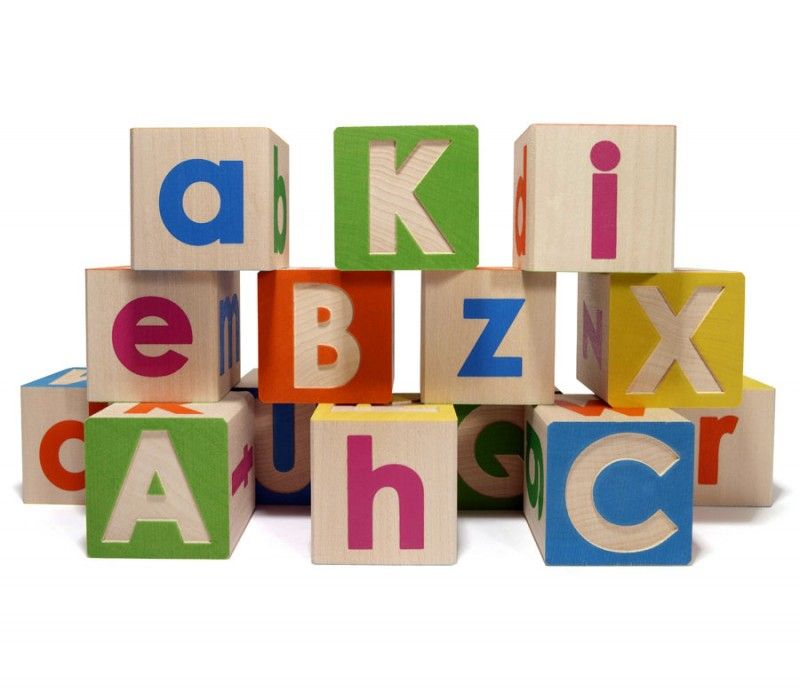 This poem can be used to introduce the letter for the week.
This poem can be used to introduce the letter for the week.
Here is how I would use it:
On Day One: Introduce the letter by writing it on the board or demonstrating with a large letter flashcard.
Read the poem through once with students following along (you can put it up on the whiteboard/smartboard, share through zoom on your board or have students follow along with the poem/chant in hand.
When you get to the formation of the letter , "Sky Write" the letter so they can see you form it.
Read the chant a second time and after you read each phrase, have your students echo read...you say...they say it. When you ge to the letter formation have your students "Sky Write" the letter. I have the kiddos pretend red ink is flowing out. As you say how to form the letter have the students do it with you.
Read the chant a third time chorally with the students (everyone reading it together)!
Then have your students say the names of the pictures emphasizing the beginning sound.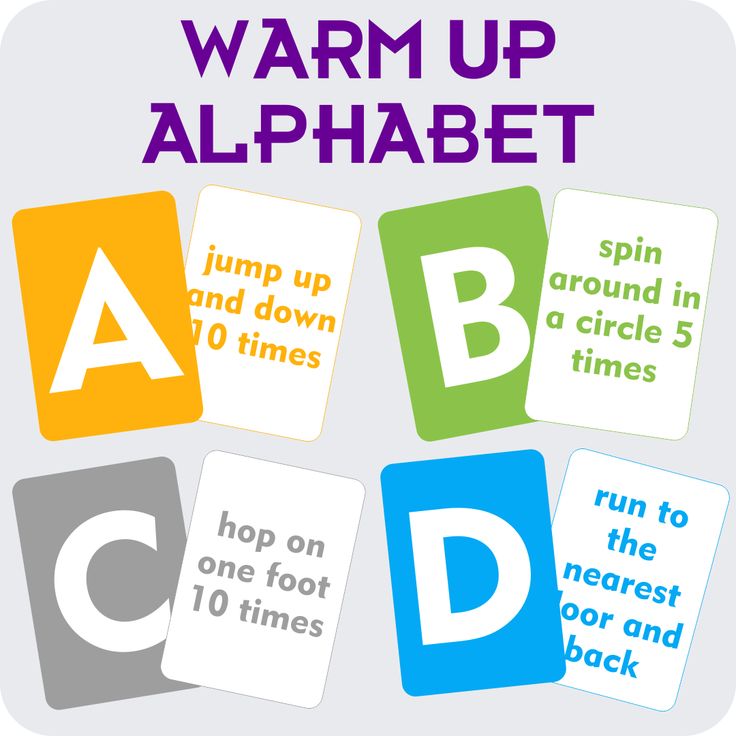 bbbb at for bat. Remember it is not "bu"; it is /b/
bbbb at for bat. Remember it is not "bu"; it is /b/
On Day Two: You can chose to reread the chant or have small groups or even individuals read the chant with your support. At this time you can use the letter recognition pages in any order that works for your students depending on their level or individual levels. For those who are a bit stronger, you can assign the Mystery Picture, while others can sort lowercase and uppercase letters. I would simply assign one or two pages for independent work, centers or stations for the day. If you would rather put all the pages in a book and assign it page by page, that works as well.
Day Three and Four: Simply repeat day two using the same sequence as above. By now you may begin to see those students who may be ready for more difficult activities and you can differentiate as needed by assigning different pages to different students as needed.
On Day Five: Read chorally and have students make the headbands to wear home. I might also have the students go on a classroom hunt to find the letter Aa around the room and spot objects in the room that begin with the sound. This would be a fun way to end the week with each letter you learn! There is also a crown for learning all of the letters!
I might also have the students go on a classroom hunt to find the letter Aa around the room and spot objects in the room that begin with the sound. This would be a fun way to end the week with each letter you learn! There is also a crown for learning all of the letters!
A train puzzle to reinforce letter sequencing and worksheets for sequencing letters and sounds of letters are also included at the end of the resource to add as needed for students.
Stay tuned for more ideas to support learners with using phonics to spell, read, write and other fun ideas to get students motivated to learn coming soon!
Why learn the English alphabet? | English language school SAY YES!
If you are just going to learn a language in English classes, feel free to start with the alphabet!
In addition to the fact that you have to write and read in English, there are other reasons why you should know it.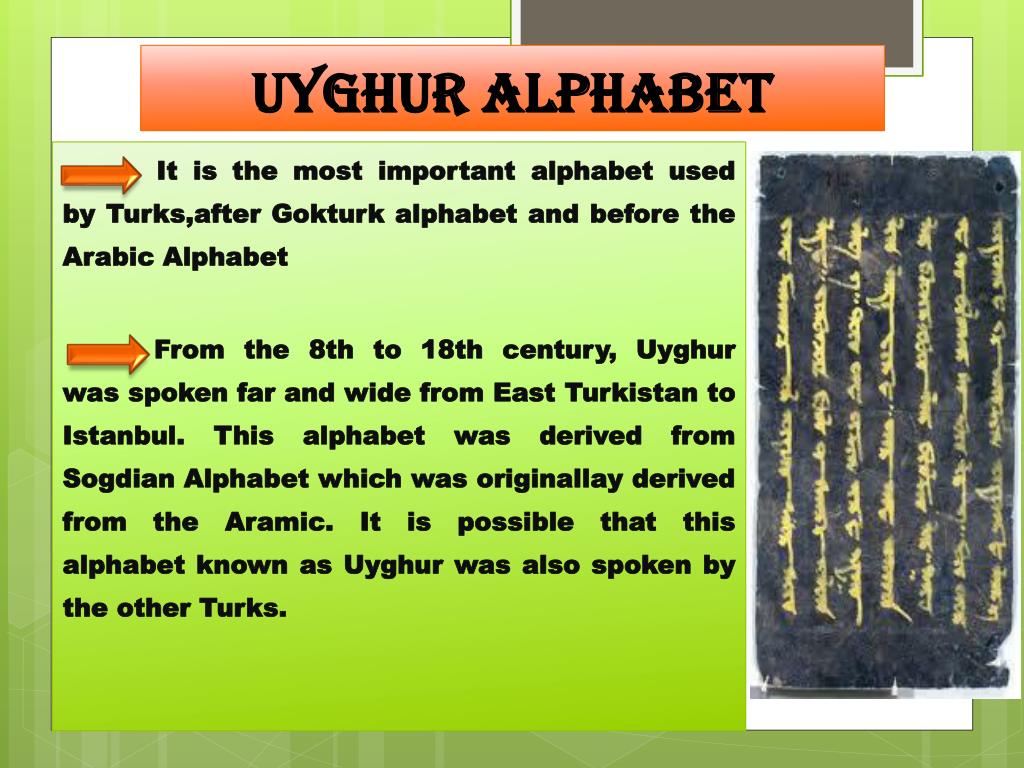 We assure you that the alphabet will come in handy more than once! Therefore, be sure to pay attention to it at the initial stage of training.
We assure you that the alphabet will come in handy more than once! Therefore, be sure to pay attention to it at the initial stage of training.
5 facts about the English alphabet:
- The first English alphabet is based on Anglo-Saxon runes, which have been used for writing since the 5th century AD.
- The basis of the modern English alphabet is the Latin alphabet.
- The English alphabet consists of 26 letters, 20 vowels and 6 consonants
- There are 44 sounds in the English language.
- The names of English letters differ significantly from other languages and from the original Latin ones.
Reasons to know the English alphabet:
- Spelling - the pronunciation of words by spelling (from the English "spelling").
This skill will be very useful for you to dictate your name or email.
When dictating an email address, pay attention to the fact that the “@” sign in English is read as “at”, and the period is “dot”.
- Letter order.
Knowing the order of the letters in the alphabet will help you navigate dictionaries. Of course, with the advent of online dictionaries, this moment becomes less relevant, but sooner or later you will still come across this. By the way, often the English alphabet is used for different numbering. For example, sections of stands at competitions or sections in textbooks are often numbered with letters of the English alphabet.
- Pronunciation practice.
At the beginning of learning, all letters and sounds seem unfamiliar and you just don't know how to approach them. The alphabet is the first step to developing conversational skills, which will help you learn to pronounce English sounds little by little, and then words.
How to learn the alphabet?
In no case do not start learning the letters of the alphabet separately, learn the sequence of letters, in order.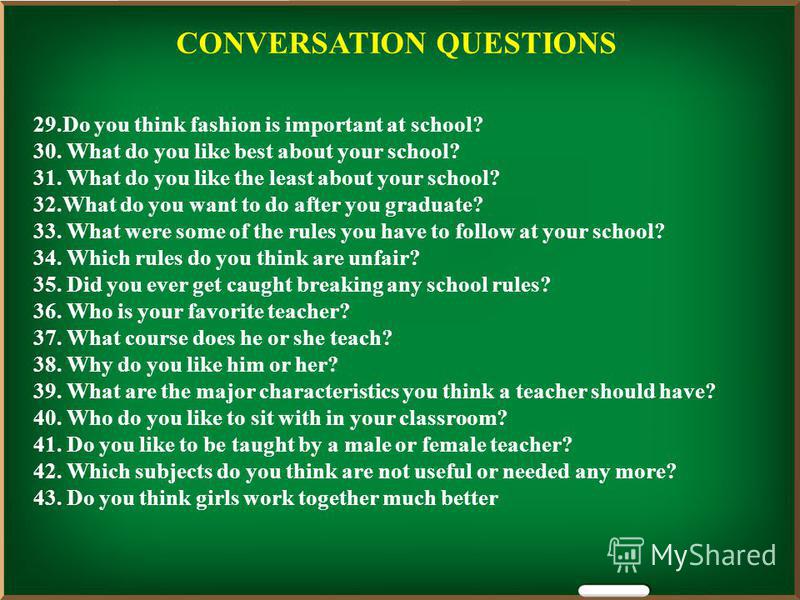
Tips for learning the English alphabet quickly:
- Imagine that the alphabet is one long word or song, where all the parts are connected.
- Use acronyms. That is, think of one word for each letter
- Use “special” alphabet rhymes and songs
- Use games and blocks (a great way for children to learn the alphabet!)
- Practice random sounds to practice spelling
Your ultimate goal is to learn the alphabet by heart and memorize the correct pronunciation of all letters.
And now the great news is that we have already done most of the work for you and filmed a video lesson on the English alphabet.
In it you will find everything you need to quickly and efficiently learn the alphabet. All you have to do is watch the video a few times!
Repeat after Alla confidently and clearly! Learn the alphabet with us, easily and naturally! 🙂
We also remind you that enrollment for English language courses for beginners is open (details here).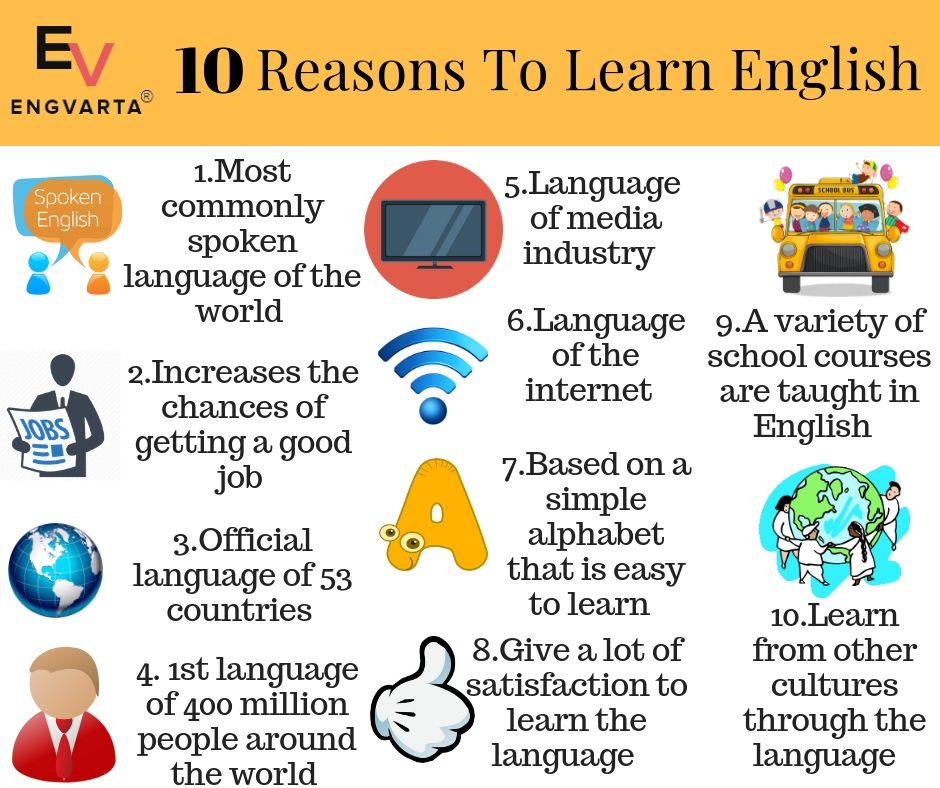
https://www.youtube.com/watch?v=ciCDWGXdmd8
Good luck!
English alphabet: how and why to learn it?
The alphabet is one of the most basic structures in any language. Usually the very first language classes are devoted to its study, but this does not mean that a confident knowledge of the alphabet does not help even native speakers!
In countries where English is spoken, the alphabet is used regularly; its knowledge helps to inform the interlocutor of street names, abbreviations and other words and terms frequently used in the spoken language.
If your goal is to learn English and be fluent in it, knowledge of the English alphabet will be essential. That is why we have prepared this material dedicated to the English alphabet with pronunciation. After reading this article, you will receive all the tools necessary for its rapid development and further gaining knowledge.
Some interesting facts about the English alphabet
- The most common letter in the English alphabet is the letter “E”; 11% of all English consists of this letter;
- The least common letters are “Z” and “Q”;
- The letter “S” is not the most common, but it begins the largest number of words;
- The English alphabet is close in composition to the alphabets of more than 100 other languages, which makes it one of the most common in the world;
- The letters “C” and “G” are rooted in the Phoenician language, which had a similar symbol for the word “camel” (“camel”).
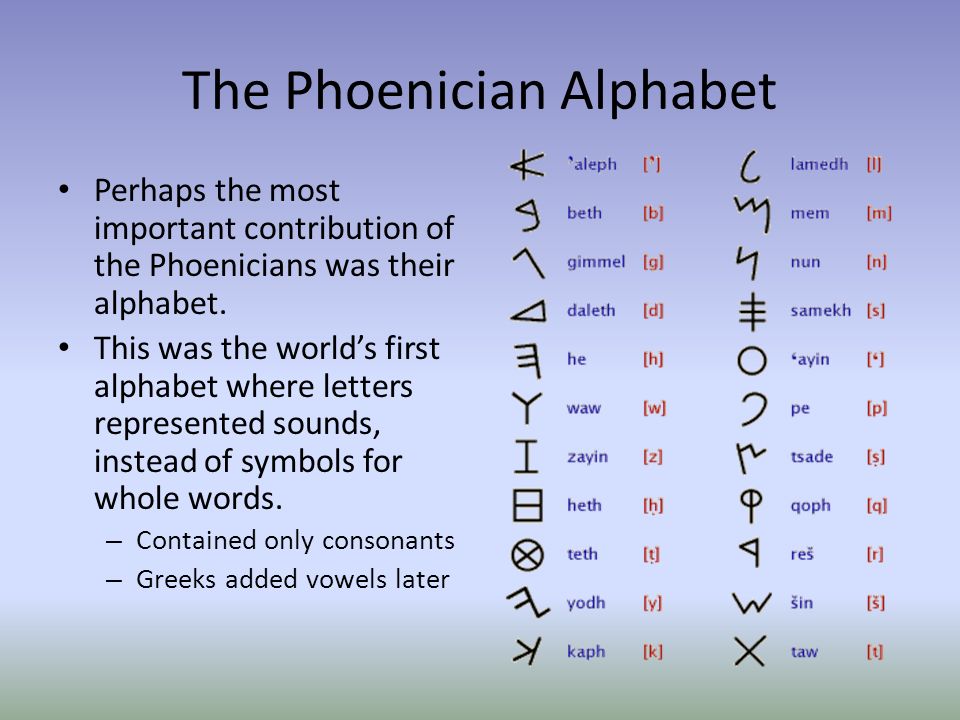
English alphabet structure
The English alphabet consists of 26 letters, of which there are six vowels and twenty consonants.
Vowels: The letters a e i o u are also sometimes referred to as vowels and the letter “y” - unlike other vowels, this letter acts as a vowel in 97.5 percent of words and as a consonant in all other cases. As in Russian, vowels are pronounced freely, without obstruction to the exit of air from the lungs.
Consonants: The letters B, C, D, F, G, H, J, K, L, M, N, P, Q, R, S, T, V, W, X and Z are consonants. As in Russian, consonants are pronounced with the creation of obstacles to the movement of air from the lungs with lips, teeth or tongue.
Important: Note that letters and their combinations can produce both vowels and consonants. We will talk more about the difference between the pronunciation of letters in different words at the end of the article.
English alphabet
The following table shows the English alphabet with transcription.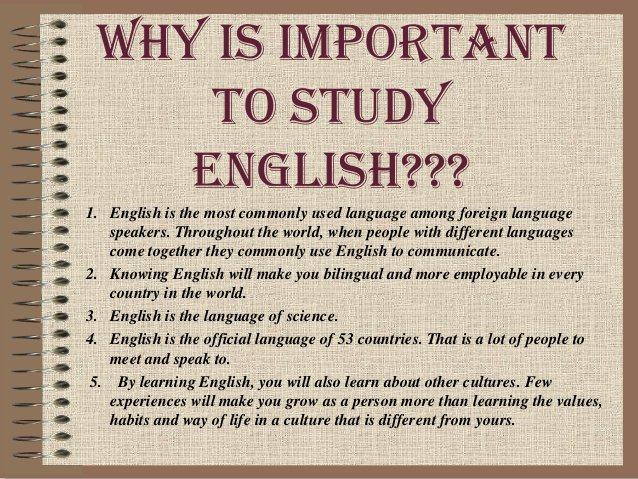 Please note that the names of some letters differ from country to country. Native speakers will understand you no matter which version you use, but knowing the different names will come in handy for a better understanding.
Please note that the names of some letters differ from country to country. Native speakers will understand you no matter which version you use, but knowing the different names will come in handy for a better understanding.
How to learn the English alphabet?
To get started, we recommend listening to The ABC Song , a song used to revise the alphabet in schools. There are a large number of versions of this song, we offer one of them.
For further repetition, here are some more simple exercises that will allow you to learn the English alphabet:
- Find video tutorials on learning the alphabet; such materials stimulate both auditory and visual memory. You can find one of the examples of such video lessons at this link: https://youtu.
 be/hq3yfQnllfQ
be/hq3yfQnllfQ - Write the alphabet on a piece of paper, saying the name of each letter when writing; practice writing in block and capital letters;
- Choose a topic that interests you and try to find one word from this topic for each letter; you can use search engines to find suitable words.
How to pronounce letters correctly?
Once you have learned the English alphabet, you will be able to confidently take the next steps in learning the language. One of the obstacles you will have to face is the mismatch between the letters and their correct pronunciation.
Throughout its history, the English language has borrowed words from many other languages. The different origin of words leads to the fact that they are read differently; that is why in English most letters correspond to several sounds. For only 26 English letters, there are as many as 44 sounds - 24 consonants and 20 vowels.
This inconsistency was played up by the English writer Charles Ollier, who coined the word “ghoti”, which reads like “fish” (/fɪʃ/)/. According to the author's intention, “gh” should be pronounced like /f/ in the word “enough” (/ɪˈnʌf/), “o” like /ɪ/ in the word “women” (/ˈwɪmɪn/), and ti like /ʃ/ by analogy with the word “nation” (/ˈneɪʃən/).
According to the author's intention, “gh” should be pronounced like /f/ in the word “enough” (/ɪˈnʌf/), “o” like /ɪ/ in the word “women” (/ˈwɪmɪn/), and ti like /ʃ/ by analogy with the word “nation” (/ˈneɪʃən/).
What to do when the English alphabet is learned?
If it is impossible to know the correct pronunciation of a word by its spelling, how can one avoid mistakes in communication? In our opinion, the only reliable way is to simply learn the words that make up the basic vocabulary of the English language. This will allow you not only to communicate easily, but also to extrapolate the pronunciation of less common words with accuracy.
To cope with the task of mastering the basic vocabulary, we suggest you use the Lingvist application. Our application will allow you to quickly learn four thousand words that make up the backbone of the English language, and the built-in conversational module will allow you to never doubt the correct pronunciation!
To get started, simply register using the following link and start using Lingvist on the web.